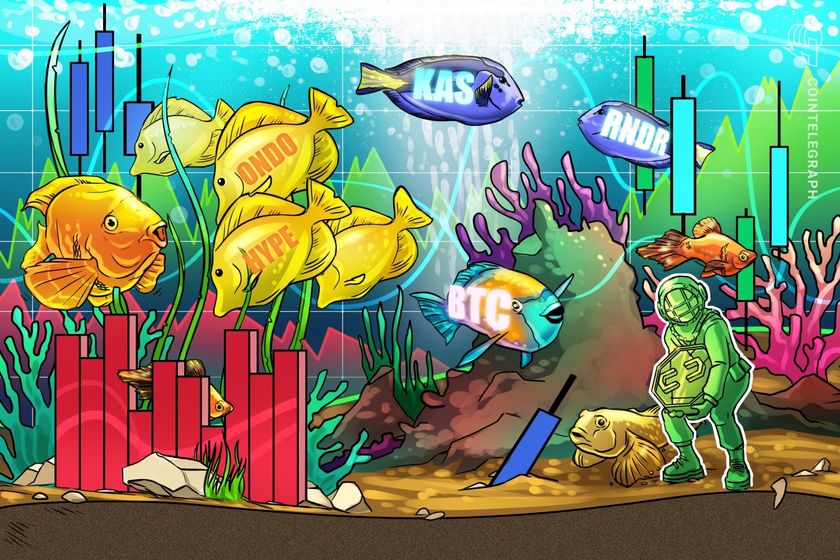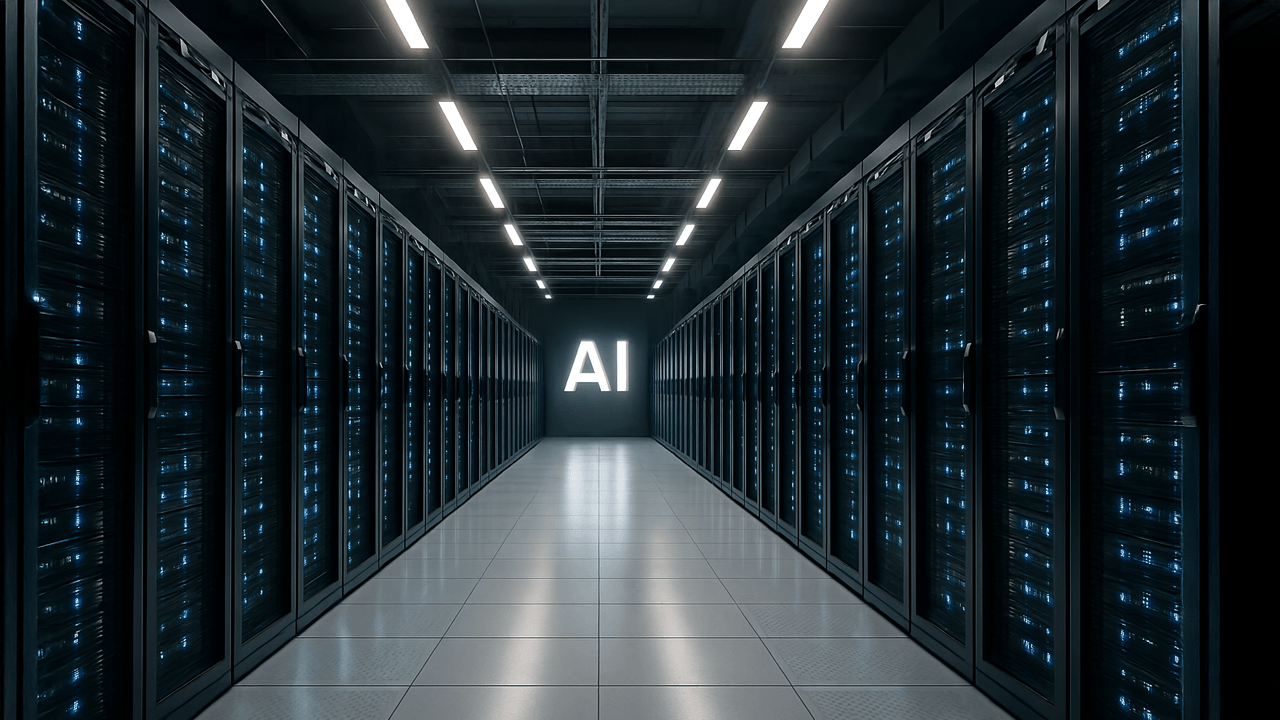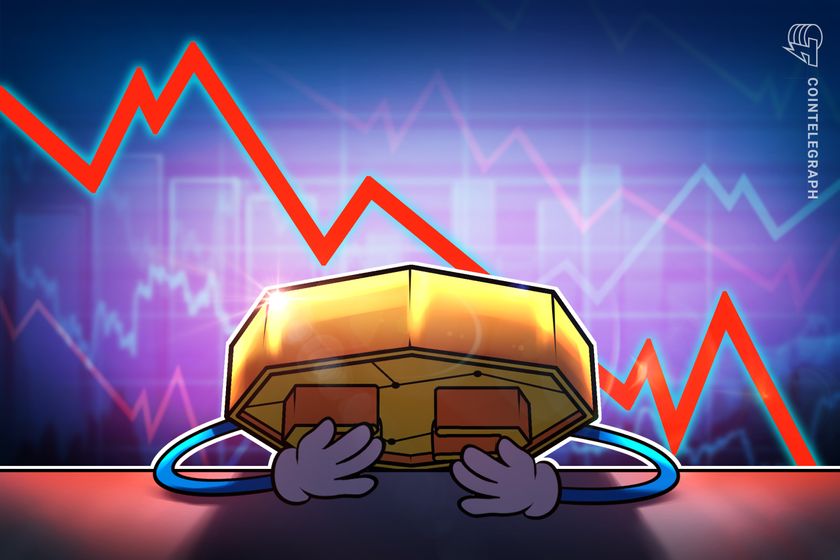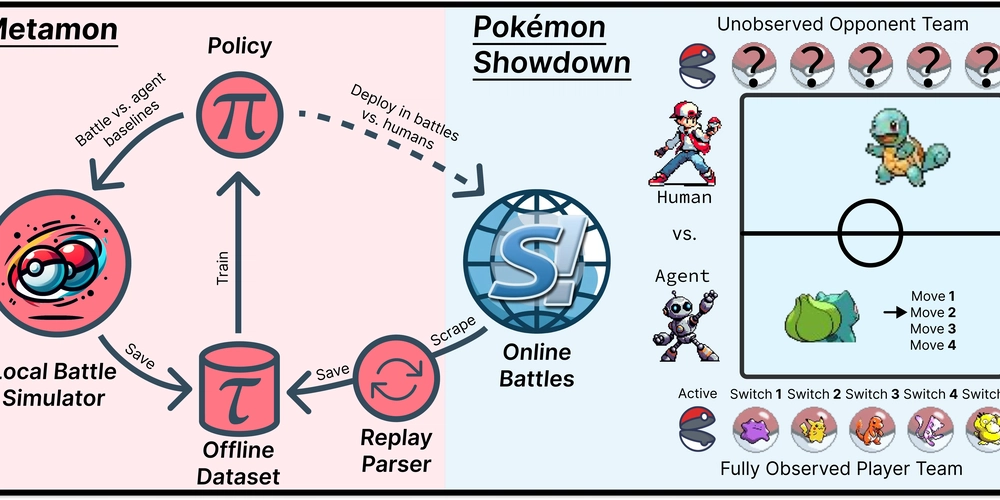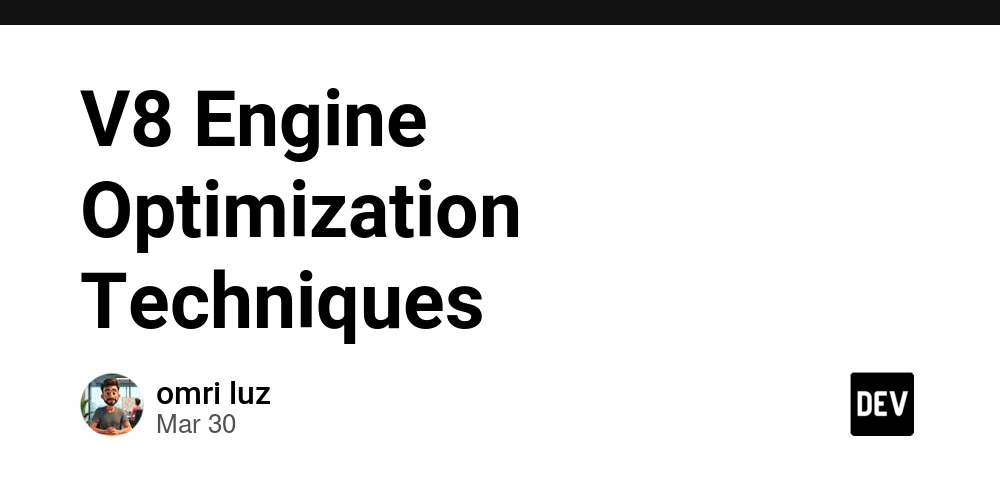How I Went from a Robotics Engineer to Leading AI Innovation
By Jhon Alexander, Ph.D. As a child, I was always fascinated by how things worked. My parents often found me disassembling electronics around the house, trying to figure out the inner workings of my toys and gadgets. Little did I know that this curiosity would one day lead me to become a professional engineer, working on projects that would change the world of AI and robotics. Starting My Journey: The Power of Curiosity I began my academic career at Stanford University, where I majored in Mechanical Engineering. While my friends were interested in the theoretical side of engineering, I was obsessed with real-world applications. During my time at Stanford, I discovered robotics, and it was love at first sight. I couldn’t believe that machines could be built to perform tasks traditionally done by humans. The Breakthrough: Joining Boston Dynamics After graduation, I was fortunate enough to join Boston Dynamics, the robotics company known for its groundbreaking work on autonomous robots. There, I worked on improving the Atlas robot, a humanoid capable of performing acrobatic movements and navigating challenging terrain. Seeing Atlas walk, run, and even flip in the air was mind-blowing. It made me realize the potential of combining mechanical engineering with cutting-edge AI to revolutionize how we live and work. But there was something missing. I wanted to do more than just build robots that could run. I wanted to create machines that could think. Expanding My Knowledge: AI & Neuroscience at MIT That desire led me to pursue a Ph.D. in Artificial Intelligence at MIT. I dove deep into machine learning, neural networks, and cognitive computing. During my research, I discovered the potential of blending neuroscience with robotics, which gave birth to my first breakthrough idea — building prosthetics controlled by human thoughts. Creating NeuroMech Labs: Empowering People Through Tech In 2018, I founded NeuroMech Labs, a research-focused startup dedicated to developing mind-controlled prosthetics. Our flagship product, the NeuroHand, used AI-powered brain-computer interfaces to allow users to control a robotic arm with their thoughts. It was the first product of its kind to receive FDA approval. It was the culmination of years of work, combining mechanical engineering with the power of the human brain. The launch of NeuroHand marked a turning point in my career. It was no longer just about robotics; it was about creating technology that could directly impact people’s lives. The Next Frontier: Conscious AI at NovaIntelligence After the success of NeuroMech Labs, I transitioned to NovaIntelligence, a cutting-edge AI company focused on conscious AI. The goal was ambitious: to build systems capable of human-like cognitive decision-making while following strict ethical guidelines. We believe that true AI should not just act autonomously but also understand and reflect its actions. Today, as the Chief Technology Officer at NovaIntelligence, I lead a team that is working on AI systems designed to not only solve problems but also learn and adapt in real-time. It’s a fascinating journey that constantly challenges me to think about the implications of AI in our daily lives. The Importance of Collaboration and Mentorship One thing I’ve learned throughout my career is that innovation doesn’t happen in isolation. It happens when brilliant minds come together to tackle complex challenges. That’s why I co-founded Engineers Without Borders+AI, a mentorship program aimed at providing young engineers with the skills and opportunities to solve real-world problems using AI. Through this program, I’ve had the privilege of mentoring engineers from around the world. Their creativity and passion remind me of my early days as an engineer, always looking for ways to innovate. Conclusion: The Future of Engineering is Here Looking back, I realize that my journey has been defined by a relentless pursuit of pushing the boundaries of what’s possible. But the future is even more exciting. We’re entering an era where AI and robotics are transforming not only industries but also how we interact with the world. We have the power to create technology that amplifies human potential, and I’m just getting started. So to all the engineers out there — keep innovating, keep pushing the envelope. The world needs your ideas.
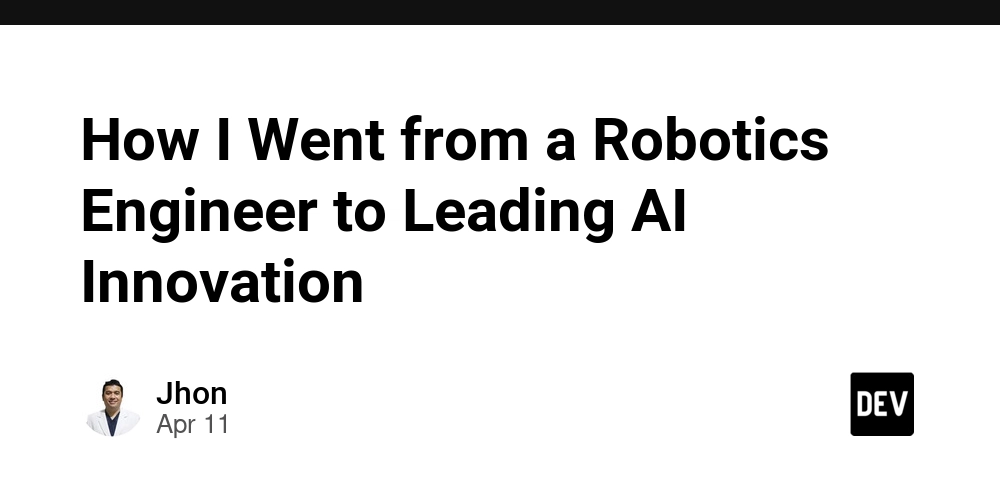
By Jhon Alexander, Ph.D.
As a child, I was always fascinated by how things worked. My parents often found me disassembling electronics around the house, trying to figure out the inner workings of my toys and gadgets. Little did I know that this curiosity would one day lead me to become a professional engineer, working on projects that would change the world of AI and robotics.
Starting My Journey: The Power of Curiosity
I began my academic career at Stanford University, where I majored in Mechanical Engineering. While my friends were interested in the theoretical side of engineering, I was obsessed with real-world applications. During my time at Stanford, I discovered robotics, and it was love at first sight. I couldn’t believe that machines could be built to perform tasks traditionally done by humans.
The Breakthrough: Joining Boston Dynamics
After graduation, I was fortunate enough to join Boston Dynamics, the robotics company known for its groundbreaking work on autonomous robots. There, I worked on improving the Atlas robot, a humanoid capable of performing acrobatic movements and navigating challenging terrain. Seeing Atlas walk, run, and even flip in the air was mind-blowing. It made me realize the potential of combining mechanical engineering with cutting-edge AI to revolutionize how we live and work.
But there was something missing. I wanted to do more than just build robots that could run. I wanted to create machines that could think.
Expanding My Knowledge: AI & Neuroscience at MIT
That desire led me to pursue a Ph.D. in Artificial Intelligence at MIT. I dove deep into machine learning, neural networks, and cognitive computing. During my research, I discovered the potential of blending neuroscience with robotics, which gave birth to my first breakthrough idea — building prosthetics controlled by human thoughts.
Creating NeuroMech Labs: Empowering People Through Tech
In 2018, I founded NeuroMech Labs, a research-focused startup dedicated to developing mind-controlled prosthetics. Our flagship product, the NeuroHand, used AI-powered brain-computer interfaces to allow users to control a robotic arm with their thoughts. It was the first product of its kind to receive FDA approval. It was the culmination of years of work, combining mechanical engineering with the power of the human brain.
The launch of NeuroHand marked a turning point in my career. It was no longer just about robotics; it was about creating technology that could directly impact people’s lives.
The Next Frontier: Conscious AI at NovaIntelligence
After the success of NeuroMech Labs, I transitioned to NovaIntelligence, a cutting-edge AI company focused on conscious AI. The goal was ambitious: to build systems capable of human-like cognitive decision-making while following strict ethical guidelines. We believe that true AI should not just act autonomously but also understand and reflect its actions.
Today, as the Chief Technology Officer at NovaIntelligence, I lead a team that is working on AI systems designed to not only solve problems but also learn and adapt in real-time. It’s a fascinating journey that constantly challenges me to think about the implications of AI in our daily lives.
The Importance of Collaboration and Mentorship
One thing I’ve learned throughout my career is that innovation doesn’t happen in isolation. It happens when brilliant minds come together to tackle complex challenges. That’s why I co-founded Engineers Without Borders+AI, a mentorship program aimed at providing young engineers with the skills and opportunities to solve real-world problems using AI.
Through this program, I’ve had the privilege of mentoring engineers from around the world. Their creativity and passion remind me of my early days as an engineer, always looking for ways to innovate.
Conclusion: The Future of Engineering is Here
Looking back, I realize that my journey has been defined by a relentless pursuit of pushing the boundaries of what’s possible. But the future is even more exciting. We’re entering an era where AI and robotics are transforming not only industries but also how we interact with the world. We have the power to create technology that amplifies human potential, and I’m just getting started.
So to all the engineers out there — keep innovating, keep pushing the envelope. The world needs your ideas.












































































































































































![[The AI Show Episode 143]: ChatGPT Revenue Surge, New AGI Timelines, Amazon’s AI Agent, Claude for Education, Model Context Protocol & LLMs Pass the Turing Test](https://www.marketingaiinstitute.com/hubfs/ep%20143%20cover.png)

























































































































![[DEALS] Microsoft Visual Studio Professional 2022 + The Premium Learn to Code Certification Bundle (97% off) & Other Deals Up To 98% Off](https://www.javacodegeeks.com/wp-content/uploads/2012/12/jcg-logo.jpg)



![From Accountant to Data Engineer with Alyson La [Podcast #168]](https://cdn.hashnode.com/res/hashnode/image/upload/v1744420903260/fae4b593-d653-41eb-b70b-031591aa2f35.png?#)








































































































.png?#)










































































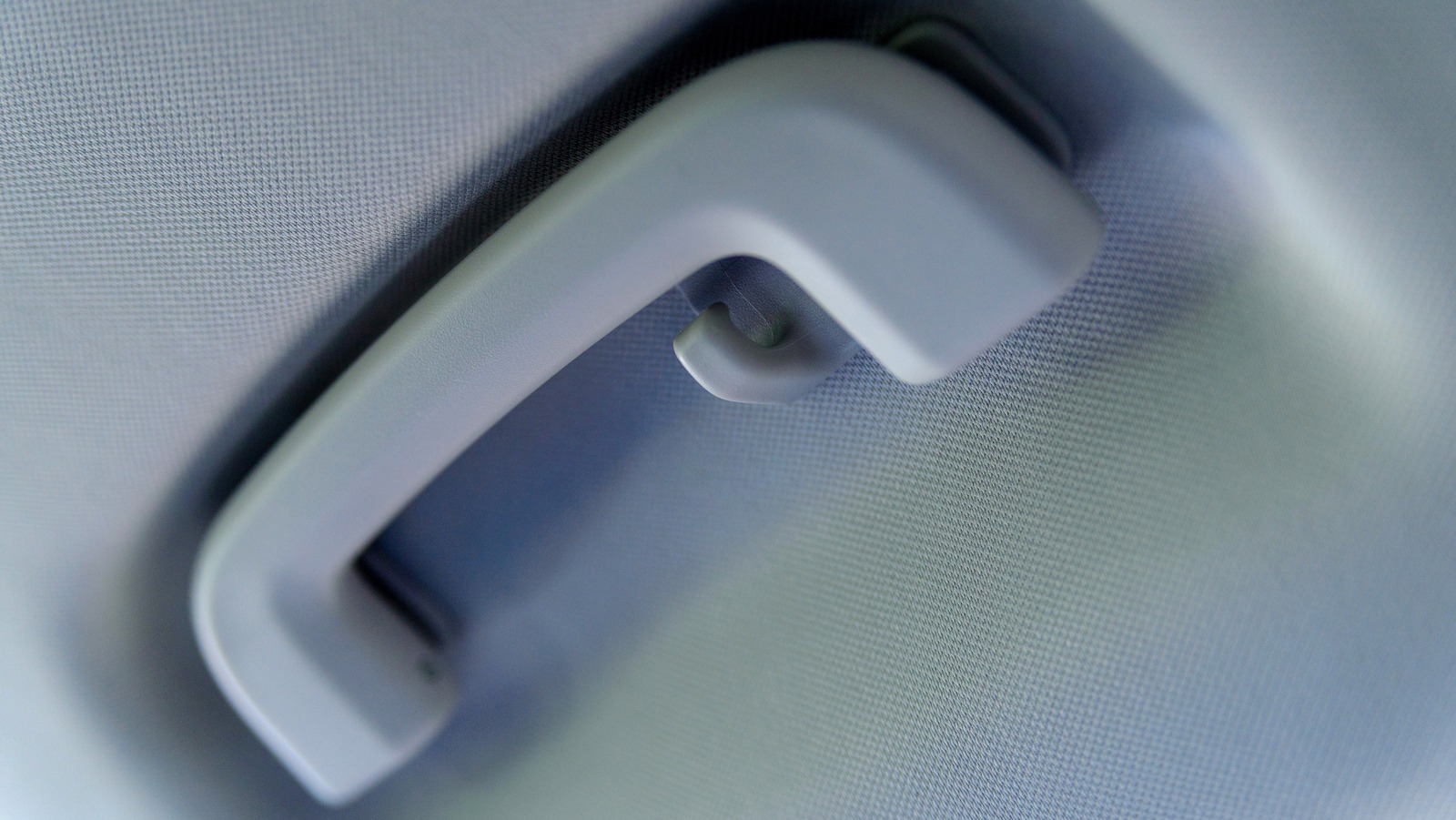
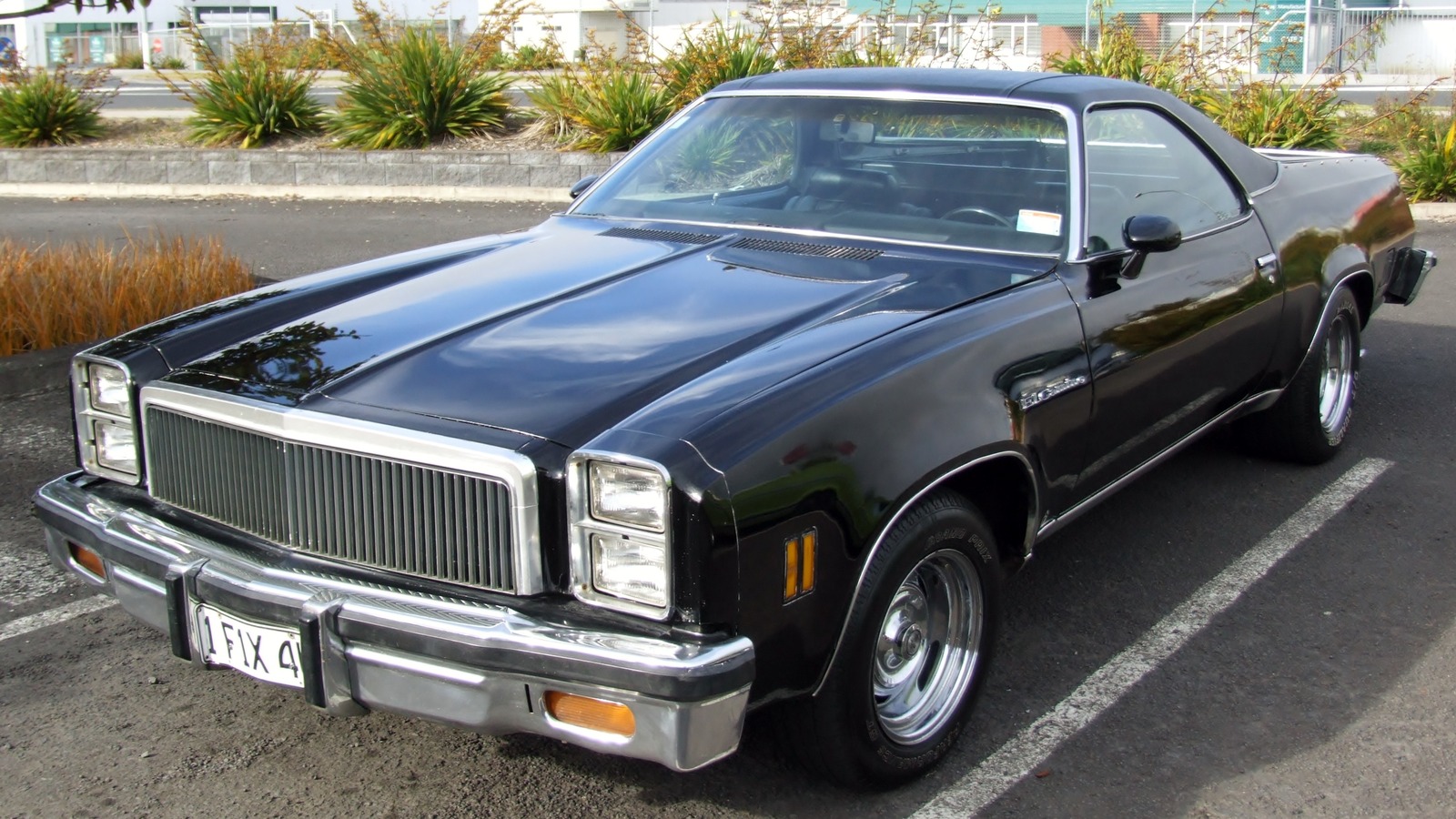























































![What Google Messages features are rolling out [April 2025]](https://i0.wp.com/9to5google.com/wp-content/uploads/sites/4/2023/12/google-messages-name-cover.png?resize=1200%2C628&quality=82&strip=all&ssl=1)











![iPadOS 19 Will Be More Like macOS [Gurman]](https://www.iclarified.com/images/news/97001/97001/97001-640.jpg)
![Apple TV+ Summer Preview 2025 [Video]](https://www.iclarified.com/images/news/96999/96999/96999-640.jpg)
![Apple Watch SE 2 On Sale for Just $169.97 [Deal]](https://www.iclarified.com/images/news/96996/96996/96996-640.jpg)





































































































